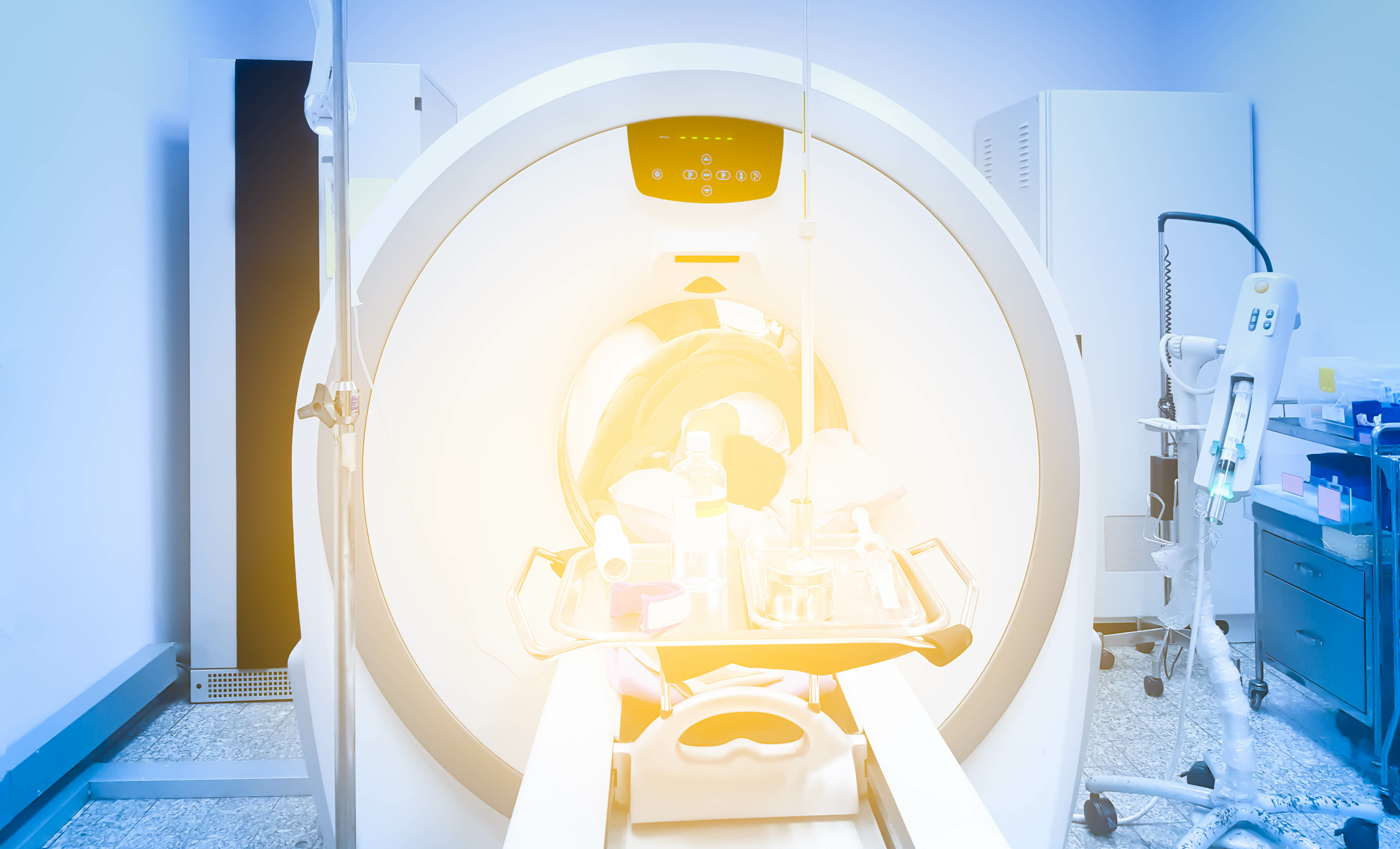
Lung cancer is the second most common cancer and the deadliest cancer in the United States. In 2022, the American Cancer Society estimates there will be 236,740 new lung cancer cases and more than 135,360 deaths1.
Why Screen
The best approach to reduce mortality from lung cancer is prevention. Short of that, the goal is early diagnosis.
Detecting lung cancer earlier means there is a greater chance that it can be cured and the impact of earlier, more frequent lung cancer screenings is saving lives. The National Lung Screening Trial (NLST) published in 2011 demonstrated that lung screening can decrease lung cancer mortality by twenty percent and this was later supported by additional European trials2. In 2021, the US Preventive Services Task Force issued a new recommendation for annual low-dose CT screening for adults ages 50 to 80 who have a smoking history 3.
The evidence suggests that screening programs have the potential to detect cancers earlier, which may increase the cure rate. Although concerns were raised about radiation exposure, overdiagnosis, and false-positive findings leading to invasive diagnostic procedures and patient stress, studies have supported that the benefits outweigh the risks4.
Low-Dose CT

A low-dose CT scan is a non-intrusive X-ray imaging modality that takes multiple images of a patient’s lungs from different angles and combines them into one detailed cross-sectional image of the lungs. A CT scan is more effective at showing lesions on the lung than routine chest x-rays which is why it is the gold standard for lung cancer diagnostics.

Increased early detection through these low-dose CT scans is an important step to diagnosing more lung cancer patients at an earlier stage where it is more likely for their cancer to be cured5.
The Body Vision Standard
Once a suspicious pulmonary lesion is seen on a CT scan, a typical next step is to take a biopsy of the lesion to determine whether it is cancerous. Bronchoscopic biopsy has emerged as the most common modality used for the diagnosis of suspicious pulmonary lesions. Pulmonologists, who perform this minimally-invasive procedure, navigate a bronchoscope to the lesion to obtain tissue samples for diagnosis. Historically, this has proven difficult because pulmonologists lacked any real-time, intraoperative imaging technology to help them accurately navigate to the lesion and visually confirm that they were obtaining tissue samples from within the lesion. In these cases, they were forced to rely on pre-operative images to guide them and randomized blind sampling strategies in an attempt to overcome this deficit.
Body Vision’s intraoperative CT imaging addresses this by enabling pulmonologists to visualize the actual lesion and lesion location intraoperatively using only a standard C-arm. The result? Pulmonologists can navigate to the lesion with unerring accuracy and biopsy with confidence because they can see that they are sampling from within the lesion. This dramatically increases the likelihood of a definitive diagnosis for potential lung cancer patients and is revolutionizing the way pulmonologists diagnose lung cancer.
“With current screening recommendations and the support of professional medical societies, patient advocacy groups, and forward-looking medical institutions, we hope to see an expansion of lung screening programs to a more diverse and larger population of patients at risk,” said Dr. Yael Vin, Body Vision’s Chief Medical Officer. “More equitable access to screening should be followed with equitable access to minimally-invasive, high-yield diagnostic procedures for every patient and we here at Body Vision are striving to make that possible.”
References
- Lung cancer statistics: How common is lung cancer? American Cancer Society. (2022, January 12). Retrieved February 4, 2022, from https://www.cancer.org/cancer/lung-cancer/about/key-statistics.html
- Reduced lung-cancer mortality with low-dose computed tomographic screening. AU National Lung Screening Trial Research Team, Aberle DR, Adams AM, Berg CD, Black WC, Clapp JD, Fagerstrom RM, Gareen IF, Gatsonis C, Marcus PM, Sicks JD SO N Engl J Med. 2011;365(5):395.
- US Preventative Services Task Force Members. (2021, March 9). Screening for Lung Cancer US Preventive Services Task Force Recommendation Statement. Recommendation: Lung Cancer: Screening | United States Preventive Services Taskforce. Retrieved November 3, 2021, from https://www.uspreventiveservicestaskforce.org/uspstf/recommendation/lung-cancer-screening#fullrecommendationstart.
- Meza R, Jeon J, Toumazis I, et al. Evaluation of the Benefits and Harms of Lung Cancer Screening With Low-Dose Computed Tomography: Modeling Study for the US Preventive Services Task Force. JAMA. 2021;325(10):988–997.
- Lung cancer early detection: Lung cancer screening. American Cancer Society. (2022, January 12). Retrieved February 4, 2022, from https://www.cancer.org/cancer/lung-cancer/detection-diagnosis-staging/detection.html